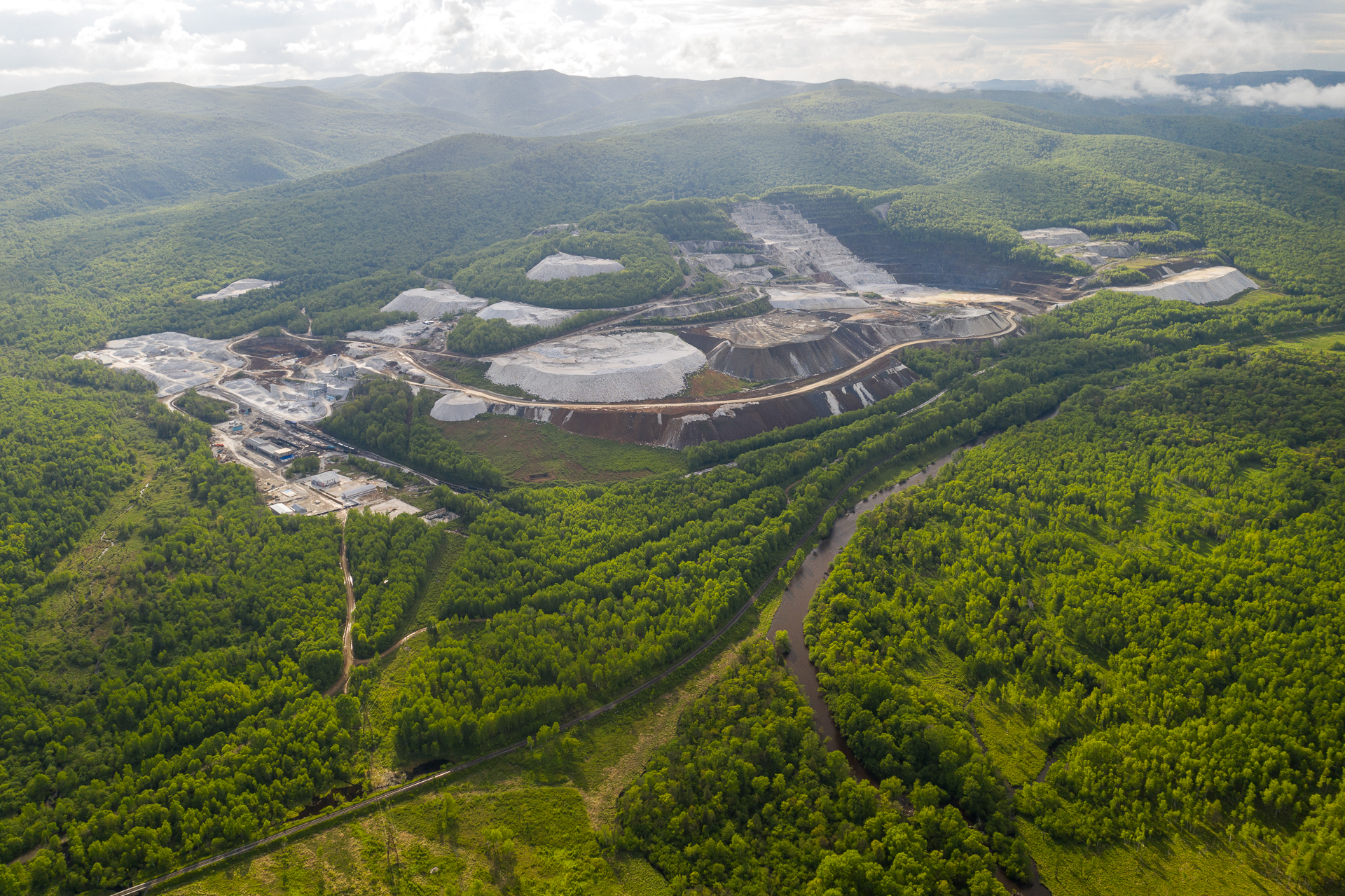There was an increased interest in this region’s resources as far back as the middle of the 19th century. And it was renewed in the 1930s after the JAO was established in Russia’s Far East.
Named after a near-by town-like settlement, the Kuldur brucite deposit was first discovered in 1965 by geologists who were working in the region at the time. According to further studies the following year, it was estimated that there were 14 million tons of brucite ore in the area. Three years later, in 1969, the Kuldur mine began its operations.
For quite a number of years, the only consumer of the extracted mineral was the Bogdanovich fire-retardant materials factory, and its output product volume at that time accounted for 10% of that at present. Brucite used to be refined primarily with the aid of manual labor.This changed in 2006 when the Russian Mining Chemical Company (RMCC) LLC, which manages the Group of companies under the Brucite+ brand, took over mining operations. The RMCC leadership chose to re-equip the facility and find novel uses for brucite, which, in turn, marked a new milestone for the region rich in mineral deposits.
At present, products on the basis of brucite ore are used by Russian as well as foreign consumers in industrial, agricultural and environmental protection spheres as well as in their daily lives.
For the moment, it is estimated that there are 7 million tons of minerals in the Kuldur mine, which means the facility can continue its operations for another 16 years at the current capacity. Approximately 450,000 tons of brucite are obtained per year, and in the nearest future, the plan is to increase production to 500,000 tons annually.
Technical re-equipment of the crushing and sorting section will significantly increase the productivity of the enterprise. The introduction of a new beneficiation method, in turn, is intended to take Brucite + products to the next level.
Sustainability and protection of the environment are at the core of all Brucite+ activities.
Brucite+ is striving to achieve carbon neutrality by not only reducing emissions but also offsetting them via carbon dioxide capture. According to conducted research, at present, the amount of carbon dioxide generated during the extraction of 1 kg of minerals at Kuldur is only 9 g, which is already close to 0.
From geology to innovation,
Brucite+












